The Canadian Food Inspection Agency (CFIA) recently confirmed that invasive Emerald Ash Borer (EAB) larvae had been found in Vancouver.
While EAB has not been reported in the Sea to Sky, we are concerned with its proximity because of its potential impacts and the ways it spreads.
What’s that?
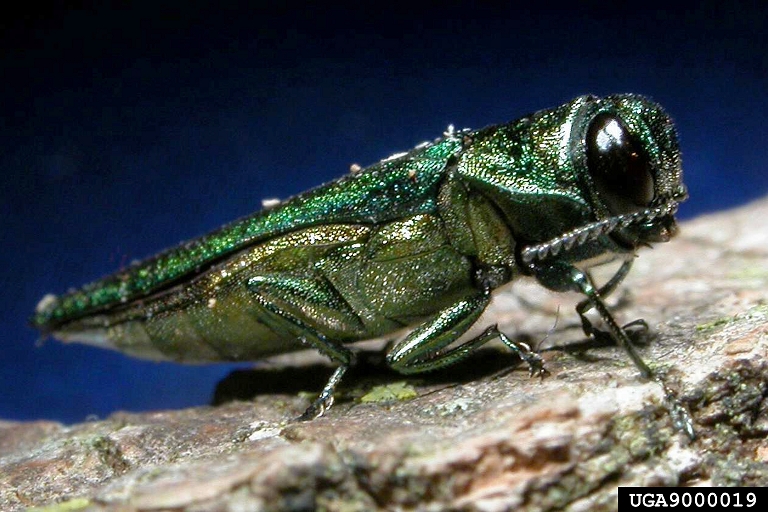
Emerald Ash Borer (EAB) is an invasive beetle that is native to China and eastern Asia. It first appeared in Canada in 2002, and is now found in 6 provinces.
Adult beetles have a narrow body and a flat head. Their backs are metallic green with an emerald green underside, hence their name. Larvae are creamy white and have distinctive body segments.
EAB are small (8-14mm long, and 3-3.5mm wide), so the best way to monitor for these invasive beetles is to look for signs and symptoms of their presence.
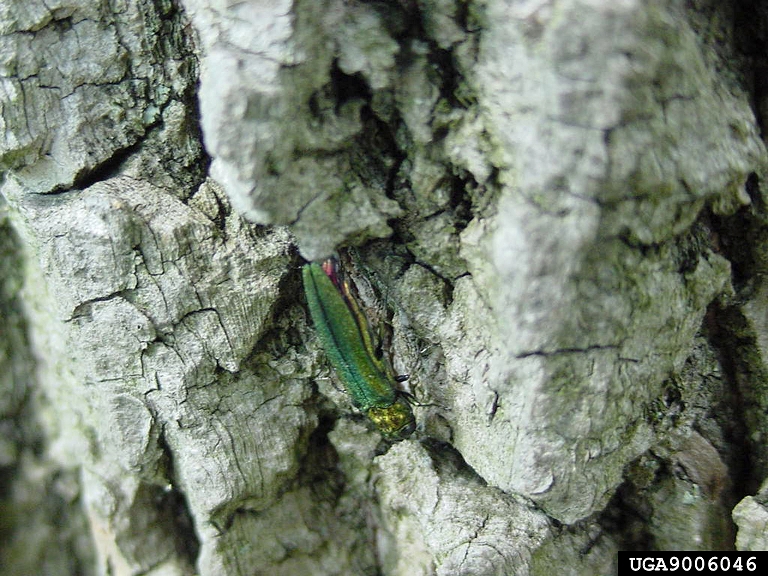
How do they spread?
Long-distance spread of Emerald Ash Borer is caused by the movement of ash products, such as infested firewood, nursery stock, logs, lumber, woodchips and shipping pallets. On its own, EAB can spread 10km per year.
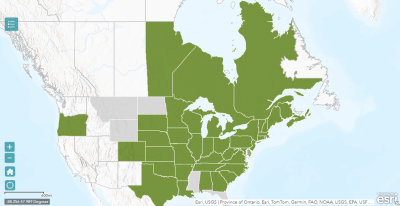
Distribution of Emerald Ash Borer in North America. Source: https://www.emeraldashborer.info/
Reasons for concern
Both adult and larvae EAB affect ash trees (Fraxinus spp).
- Adult beetles feed on the leaves of the ash trees and lay eggs in crevices on the host tree bark;
- Larvae bore into the sapwood and overwinter beneath the tree bark.
Once the EAB population is large enough, the damage caused by the feeding larvae can girdle the tree, leading to its eventual death.
If Emerald Ash Borer were to establish in BC, extensive economic and environmental damage could ensue.
Environmental impacts
The beetles that feed on the ash tree foliage and burrow into the bark can be fatal to the tree.
Because ash trees are often used in urban environments, the loss of these mature trees can also have significant downstream environmental impacts, such as:
- Loss of temperature regulation; creation or increase in ‘heat island‘ situations
- Loss of habitat for wildlife. resulting in biodiversity loss
- Loss of windbreak
Moreover, the gaps in the canopy of wooded areas (caused by dying ash trees) affect the forest’s microclimate and could faciliate the invasion of invasive plant species.
Economic impacts
The costs associated with EAB infestations are extremely high. Indeed, the cost of removing a damaged or dead tree and replanting a new one is considerable, as is the cost of treating an infested tree, where feasible. For instance, in 2013, estimated costs for urban areas in the eastern United States affected by EAB infestations were up to $12 billion.
Additionally, when mature urban trees are cut down, heating and cooling costs increase in the vicinity, and property values can be negatively affected.
What can you do?
While Emerald Ash Borer has been spotted in Vancouver, it has yet to establish in BC.
To keep the threat of EAB at bay, we encourage you to:
1. Be on the lookout for signs of EAB
The following could be signs that a tree is infested with Emerald Ash Borer:
- S-shaped galleries in the inner bark and outer sapwood
- D-shaped exit holes on the outer bark surface
- Thinning at the crown, dead branches, yellowing leaves.
2. Buy local, burn local
EAB moves in infested firewood; please avoid transporting firewood great distances when going camping or traveling. Instead, purchase your firewood locally!
3. Report sightings to CFIA
If you think you’ve come across Emerald Ash Borer in BC, please report it directly to CFIA on their website.
Links
References
- Canadian Food Inspection Agency, Emerald ash borer, https://inspection.canada.ca/en/plant-health/invasive-species/insects/emerald-ash-borer
- Canadian Food Inspection Agency, Emerald ash borer confirmed in Vancouver, British Columbia, https://www.canada.ca/en/food-inspection-agency/news/2024/05/emerald-ash-borer-confirmed-in-vancouver-british-columbia.html
- CBC News, Beetle that destroys ash trees found in B.C. for 1st time, https://www.cbc.ca/news/canada/british-columbia/emerald-ash-borer-invasive-beetle-found-bc-first-time-1.7199271
- Government of BC, Emerald Ash Borer Alert Factsheet, https://www2.gov.bc.ca/assets/gov/environment/plants-animals-and-ecosystems/invasive-species/alerts/emerald_ash_borer_alert.pdf
- Invasive Species Centre, Emerald Ash Borer (Agrilus planipennis), https://www.invasivespeciescentre.ca/wp-content/uploads/2024/12/Emerald-Ash-Borer-FINAL-WEB.pdf
- Invasive Species Council of BC, Emerald Ash Borer, https://bcinvasives.ca/invasives/emerald-ash-borer/
- Natural Resources Canada, Emerald Ash Borer, https://natural-resources.canada.ca/our-natural-resources/forests/insects-disturbances/top-forest-insects-and-diseases-canada/emerald-ash-borer/13377
- Natural Resources Canada, Emerald ash borer: economic models for homeowners and municipalities, in Frontline Express, Bulletin 70, https://cfs.nrcan.gc.ca/pubwarehouse/pdfs/34920.pdf


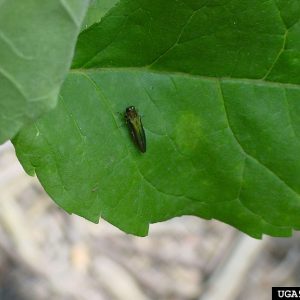
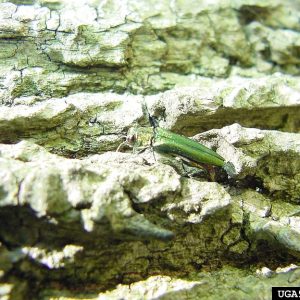
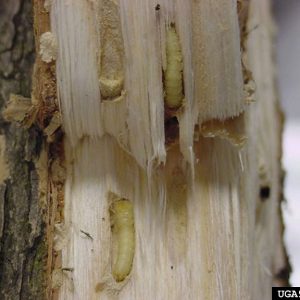
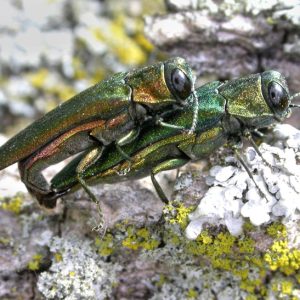
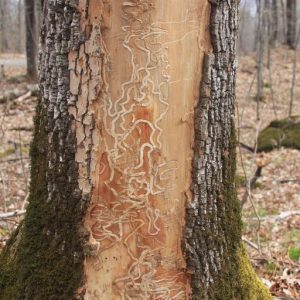
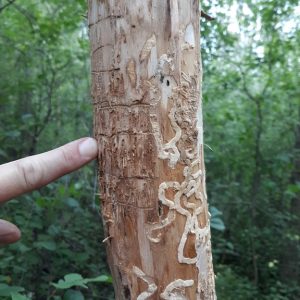
Add Comment